What is the lancing device used for?
The blood collection needles of blood glucose meters are roughly divided into two types: one is the direct-use type. This kind of blood collection needle can be used directly without the aid of a blood collection pen. Unscrew the cap to expose the pen head, align the pen head at the part to be punctured, press the switch at the end of the pen, and the blood collection needle will pop out immediately. The other is a filled lancet. This kind of lancet needs to use a lancing pen to complete the blood collection process. As the name suggests, lancets are used to collect blood for quick bleeding and testing.
How to use the lancet device correctly
1. Take out the lancing pen and thoroughly sterilize the tip of the lancing pen.
2. Remove the lancing pen cap.
3. Insert the long end of the disposable sterile lancet into the inner core of the lancet (it is advisable that the lancet does not fall off after insertion).
4. Unscrew the protective cap of the lancet and close the cap of the lancet.
5. Adjust the depth of the lancet according to individual skin. Screw the nut on the upper end of the cap of the lancing pen to make fine adjustments to the distance between the cap and the needle of the lancet.
6. Wash your hands and let the skin dry before collecting blood (blood samples from sweat or dampness on the surface of the skin will spread).
7. Before blood collection, move your hands or rub the blood collection site to make the blood circulate normally.
8. Press the lancet to hold the blood collection site and press it up and down slowly twice, so that the blood collects in the raised skin bag.
9. When releasing the lancet, press down on the lancet, then release the lancet, and lift the lancet after the amount of bleeding is enough. Require.
10. After blood collection, remove the pen cap, insert the needle cap, pull it out by hand and throw it into the trash.
Application of APS system: low pain lancing device
The lancet is a pen-type device, used in conjunction with a disposable sterile lancet, a manual ejection-type auxiliary phlebotomy device for collecting human peripheral blood samples, with adjustable puncture depth gear device, with needle unloading and non-unloading devices And pen transparent and opaque several styles.
The lancing pen mostly adopts a mechanical device in structure, and the needle adopts an ejection device, which can almost completely pierce the skin with accuracy, speed, moderate depth, and a straight path, which greatly reduces the pain of the patient and makes the sampling enter a new stage of development. It basically solved the problems of strong pain and large wounds of the first two generations of blood collection needles.
Lancet needles are novel in appearance, some look like pistols, some look like fountain pens, they can often attract children's attention and reduce psychological pressure, and have the same effect on adult patients. However, it also has its shortcomings: although the needle of this lancet can be used once, the entire ejection system and the channel through which the needle tip is ejected and retracted cannot be replaced every time, and it is inconvenient to clean. Some lancets cannot even be disassembled. The major hidden danger of blood cross-contamination. In response to this problem, the mechanical lancet has been improved to integrate the ejection device of the lancet and the channel of the needle tip, so that it can be disassembled for replacement or disinfection.
The depth of the lancet is divided into 1, 2, 3, 4, and 5 depths. "1" stands for shallow, "2", "3", "4", and "5" stand for increasing depth in turn. Adjust the number ring according to the patient's skin condition, and it is advisable to align the arrow with the desired number. "1" is suitable for delicate skin, "2" and "3" are suitable for normal skin, and "4" and "5" are suitable for rough skin.
Precautions of using the lancing device
1. The reusable lancing pen is limited to the exclusive use of one patient, and it is prohibited to use it for multiple patients.
2. Disposable lancing pens can be used by one person and cannot be reused.
3. Follow the aseptic operation principle when collecting blood.
4. Hand disinfection is required for blood collection between different patients. If there is obvious blood contamination, wash hands immediately, and immediately use 75% alcohol to wipe and disinfect the detector and reusable lancing pen.
5. After the daily blood collection, 75% of the surface of the detector should be wiped and disinfected, and dried for use.
6. The lancet is for one-time use, do not reuse it to avoid cross-infection. Do not throw away the used lancet, and keep it away from children to prevent danger.
7. Select the thin skin on both sides of the left ring finger to collect blood.
8. Before blood collection, the arm can be lowered for 10 to 15 seconds to make the fingertip hyperemia. After the needle is inserted, gently push the blood vessels on both sides of the finger to the front third of the finger, and let the blood slowly overflow. Do not use it. Wipe your fingers with alcohol.
9. When collecting blood, hold it vertically and firmly against the skin. Do not tilt the pen end, otherwise, it will affect the blood collection effect.
10. Do not use too much force when pulling the cap back to prevent the cap from falling off.
Squeezing finger effects when using the lancing device
In order to keep diabetes under control, each patient needs to take blood glucose measurements several times a day, every day. This implies having to prick one’s finger every time, in order to obtain a drop of blood useful for the measurement; however, often the drop of blood obtained may not be suitable for measurement, as it may be affected by some elements of error.
Therefore, care must be taken to perform a correct procedure and not to invalidate the outcome of the investigation, since a wrong value could affect the results of a therapeutic intervention.
The first thing to consider is the condition of the skin at the puncture site (avoid areas with bruises) and the level of cleanliness of the skin itself. Then, the condition of the patient’s blood circulation at the puncture site (to determine whether a sample taken from that area would be valid and whether site healing could be compromised).
Keeping these considerations in mind, in the phase of preparation for the capillary sampling, first of all, we ensure the presence of all the material needed to carry out the procedure, i.e. disinfectant, sterile gauze, glucometer, sterile lancets, blood glucose test strips, a container for disposing of waste. Immediately afterward, hygiene of the hands and of the area to be punctured is carried out, the selected site is gently massaged, the glucometer is turned on and the test strip is prepared for operation, proceed to pierce the lateral part of the fingertip; at this point the first drop of blood must be discarded, wiping the drop with the gauze. This favors the escape of the second drop of blood by gently compressing the area surrounding the puncture site and placing the drop of blood on the test strip; be careful not to squeeze your finger, as this action could change the percentage of serum present in the blood, and therefore change the glycemic index present and provide an incorrect measurement.
Once the measurement is complete, read the blood glucose value and swab the puncture site with a cotton swab. Then proceed with waste disposal and perform hand hygiene.
As mentioned, squeezing the finger to facilitate the flow of blood can cause incorrect measurements, and therefore this action should be avoided. Certainly, a deeper puncture solves the problem and would increase success rates, however, the puncture should be minimized because patients with diabetes are vulnerable to infection and wound healing problems.
In some cases, to solve the problem of the lack of blood leakage, it is possible to warm the fingers, but patients with diabetes often have peripheral neurological disorders with a greater risk of burns, so pay close attention.
FAQ about Using a Lancet Needle
1. Can you get lancets over the counter?
You can buy blood glucose meters, test strips, lancets, lancing devices, and other diabetes supplies at your local pharmacy or online store. But it's important to buy bargains, just like you would buy any other item. You can find the best prices and save money by finding sales of diabetes products.
2. Are all lancing devices the same?
All lancets are different. Lancets have needles of different sizes. The smaller the needle, the less tingling in the finger. It is important to know that the higher the gauge number of the needle, the smaller the actual size of the needle. The pain caused by different specifications and sizes is also different. Some lancets are made for children and some for adults. Also, many brands have their own lancets that can only be used with their devices. The instructions can be read carefully before purchasing.
3. How to Insert a Lancet into a Blood Glucose Monitor?
- Unscrew the lancing device cover
- Insert a lancet into the lancing device until it comes to a full stop
- Twist and pull to remove the lancet protector. Retain the lancet protector for safe lancet disposal
- Screw the lancing device cover back on
- Twist the adjustable comfort tip to adjust the puncture depth
- Pull the spring cover back to arm the lancing device
- Make sure the lancing device is pressed firmly to your finger, then press the button to the lancet
Above are the things you need to know about the blood collection device. Feel free to leave a comment with any thoughts on this.


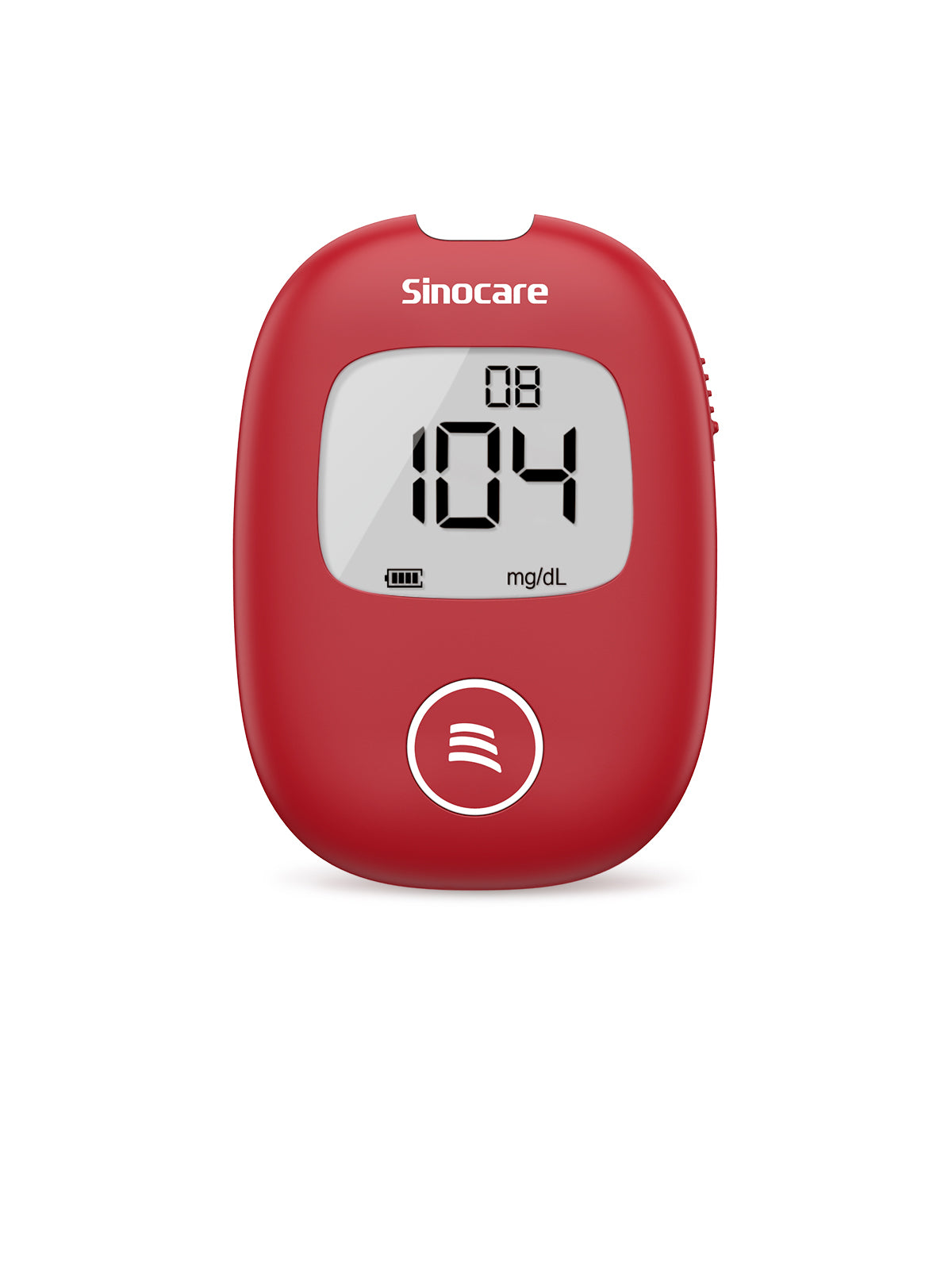
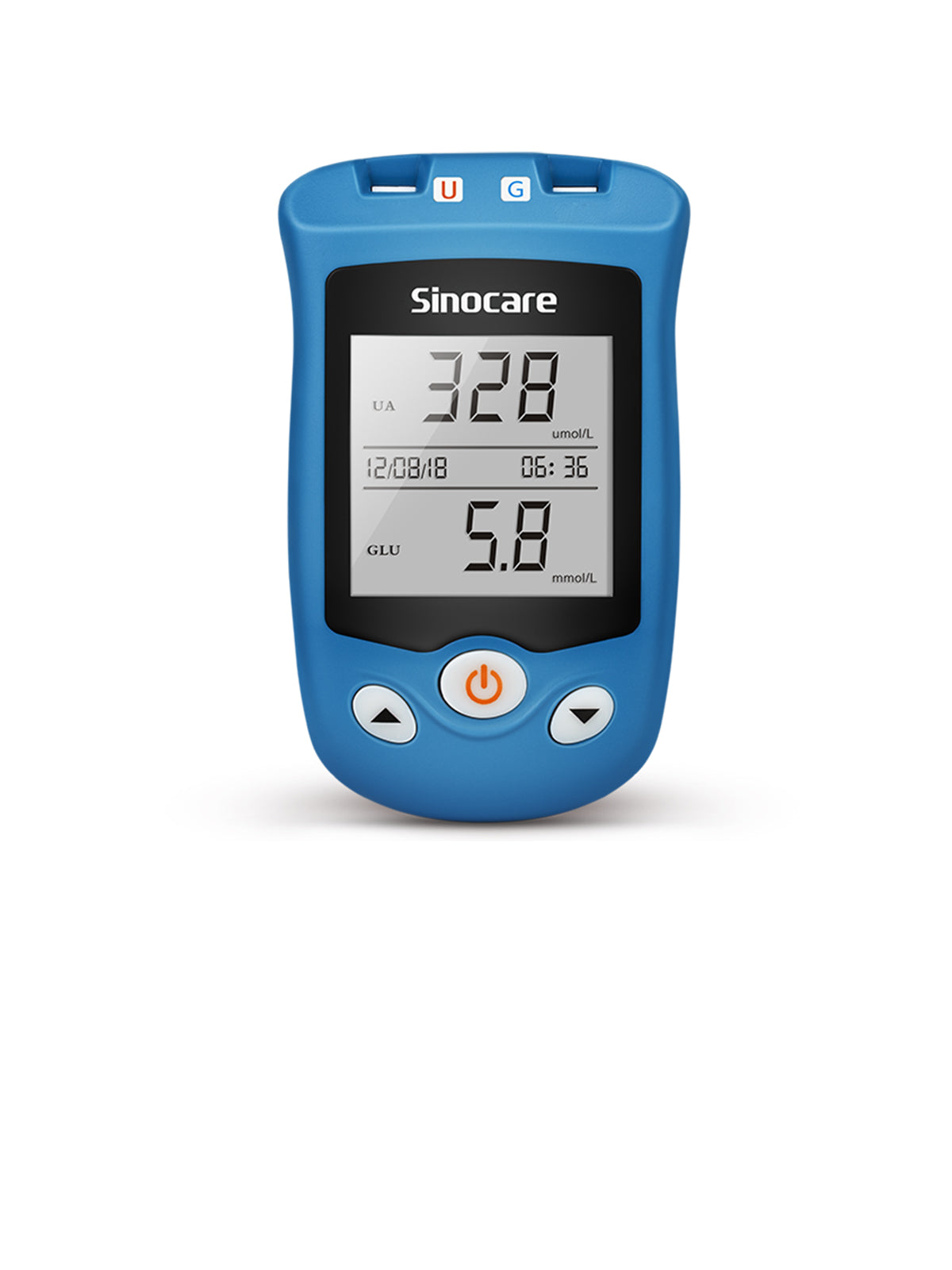
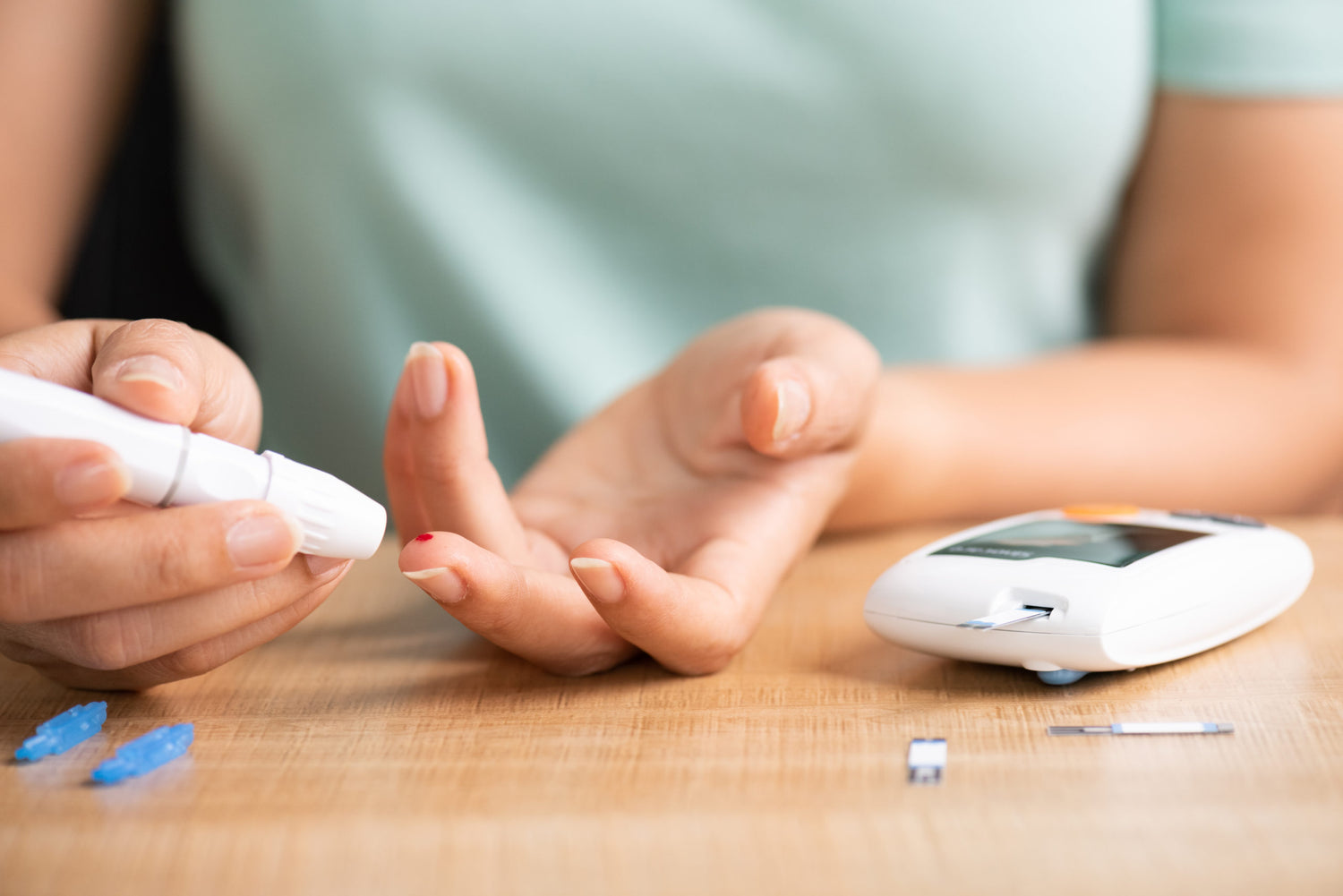
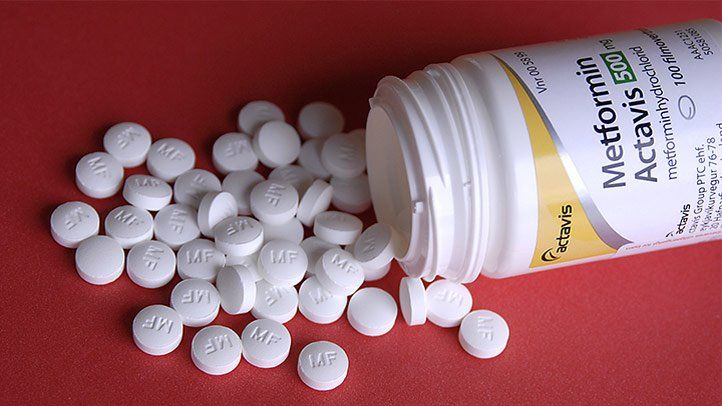
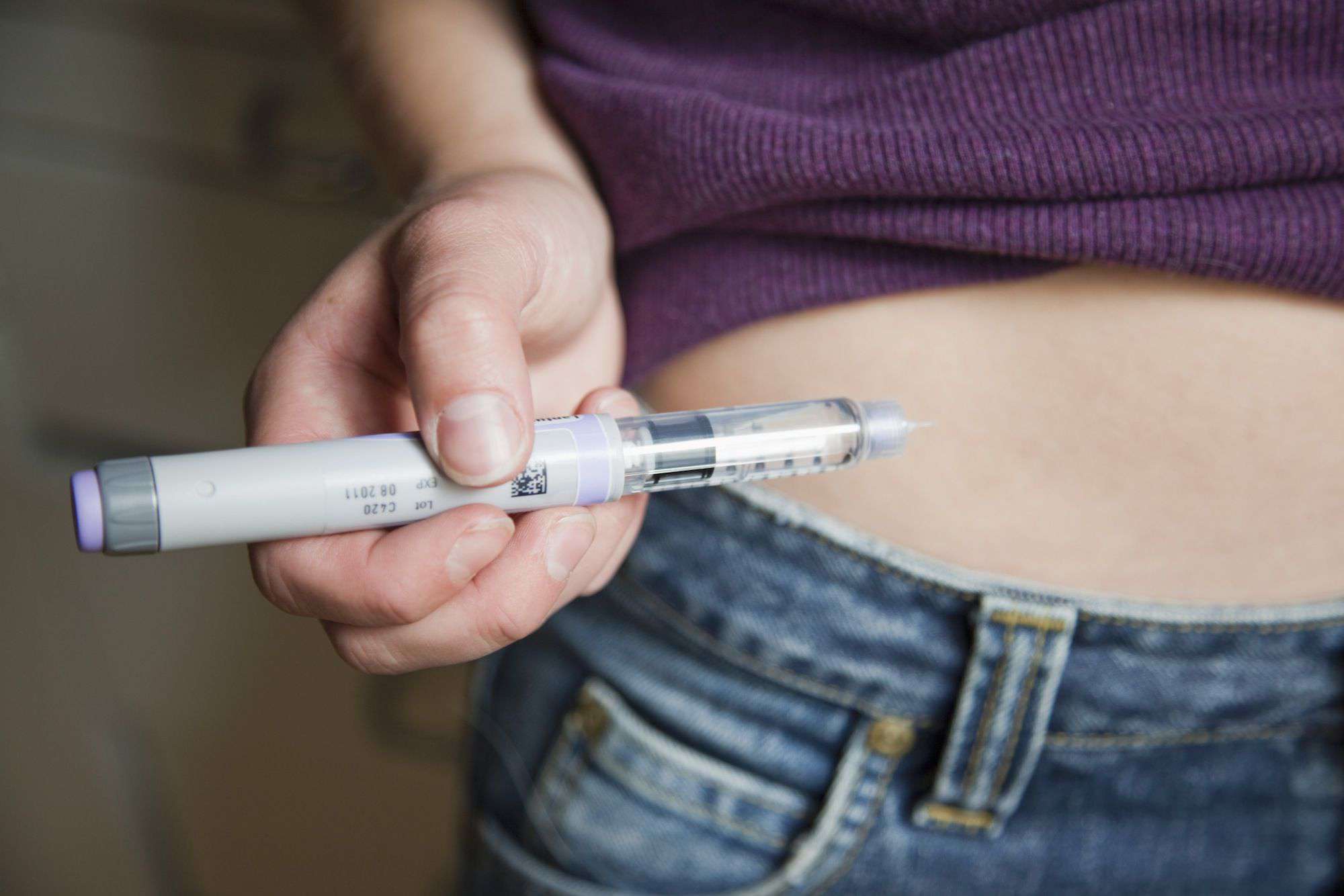



1 comment
Riyansh
Your blog post is really amazing, this is the best blog i have read..!!
Leave a comment
All comments are moderated before being published.
This site is protected by hCaptcha and the hCaptcha Privacy Policy and Terms of Service apply.